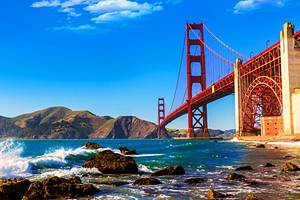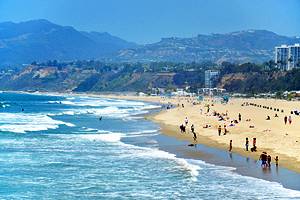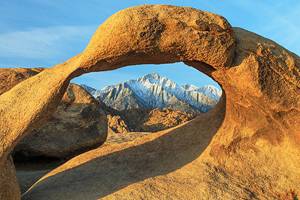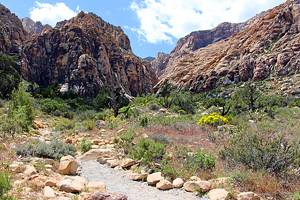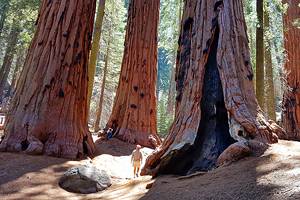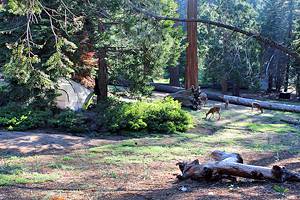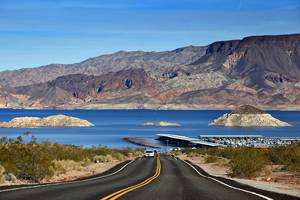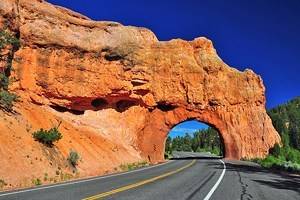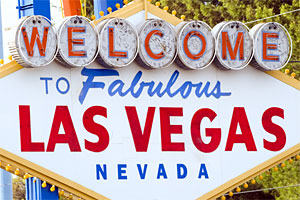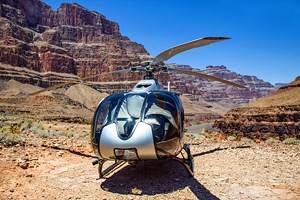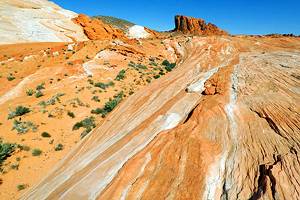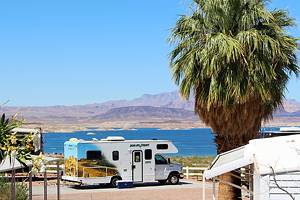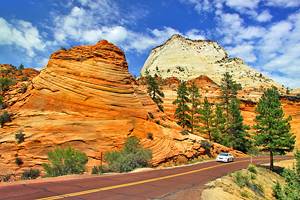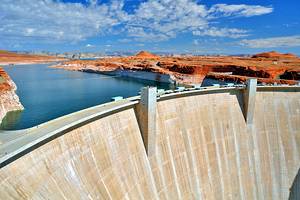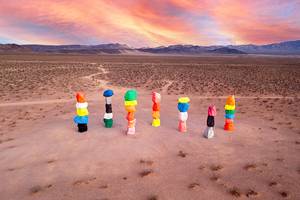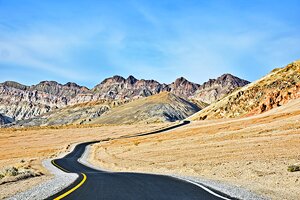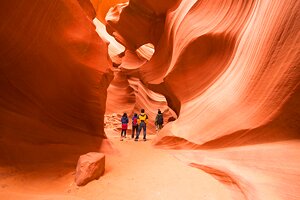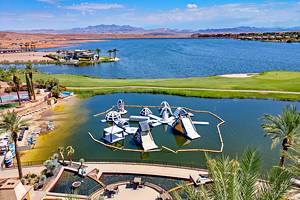Attractions & Places to Visit in Death Valley, CA
Author Lana Law has visited Death Valley many times and in different seasons to enjoy photography, hikes, and to see the wildflowers in bloom.
Despite the forbidding name, Death Valley is a beautiful area of desert wonders and one of the best national parks in the United States. Sand dunes, salt flats, mountains, craters, and the lowest lake in North America make for some of the most spectacular scenery in the Southwest.
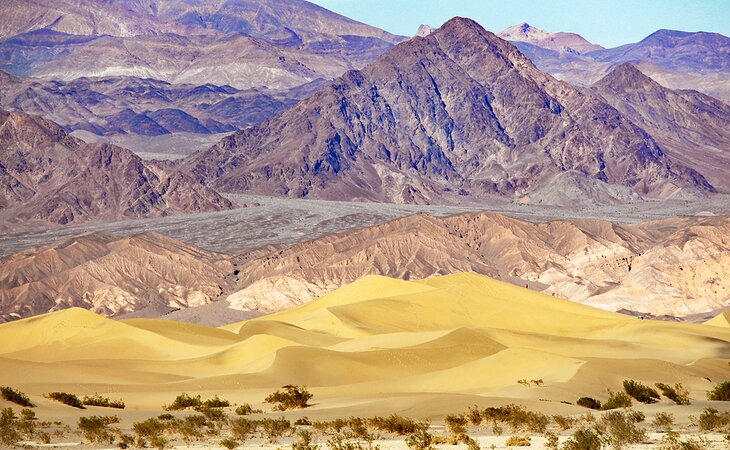
The valley, protected as a national park, covers 3,000 square miles and is known for being the hottest, driest, and lowest point in North America. Roadside lookouts offer stunning panoramas, and hiking trails allow easy access to the terrain.
Many people visit the park on a day trip from Las Vegas. The centrally located Furnace Creek is the main service center in the park and is about a two-hour drive from Las Vegas. This is also where you'll find the park visitor center, campgrounds, restaurants, a store, a gas station, and The Ranch at Death Valley.
On the west side of the park, is Panamint Springs, with a restaurant, gas station, and some limited accommodation. This is a convenient stop if you are entering the park from the west side and a good lunch option if you are visiting Father Crowley Point and Darwin Falls, the two main tourist attractions on this side of the valley.
Determine what you want to see with this list of attractions and places to visit in Death Valley.
Note: Death Valley's roads, trails, and some attractions were badly damaged in August and September by torrential rains. Work is ongoing, and most things should be back up and running by mid-2023.
Sand Dunes near Stovepipe Wells
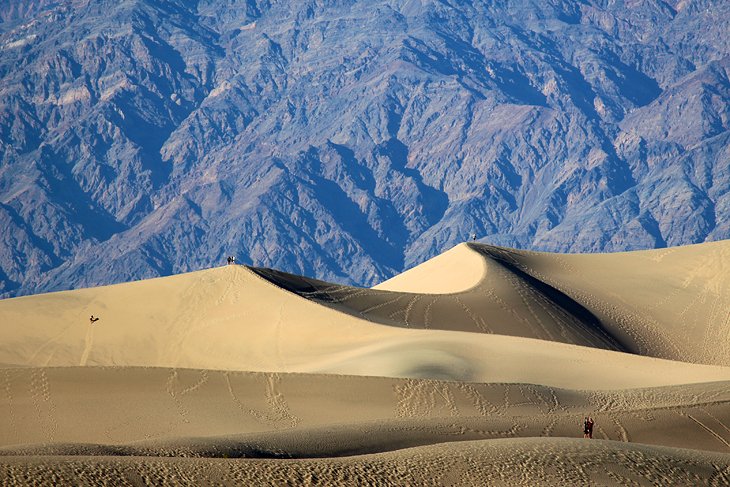
One of the most beautiful sites and most photographed landscapes in Death Valley is the Mesquite Flat Sand Dunes, just east of Stovepipe Wells. In the morning and late afternoon, when the sun hits the sculpted dunes, creating long curving shadows, the views are fantastic. Mountains rise up on the horizon providing the perfect backdrop. For photographers, it's pure magic.
You can walk in the dunes, climb to the highest points, or set up a lawn chair and soak up the desert scenery. On busy days in the spring, there is rarely a dune without a person climbing up or running down, but on quiet days, particularly in January or February, you will likely have the dunes to yourself. If you arrive at the dunes after a windy spell, they will be untracked.
Badwater Basin
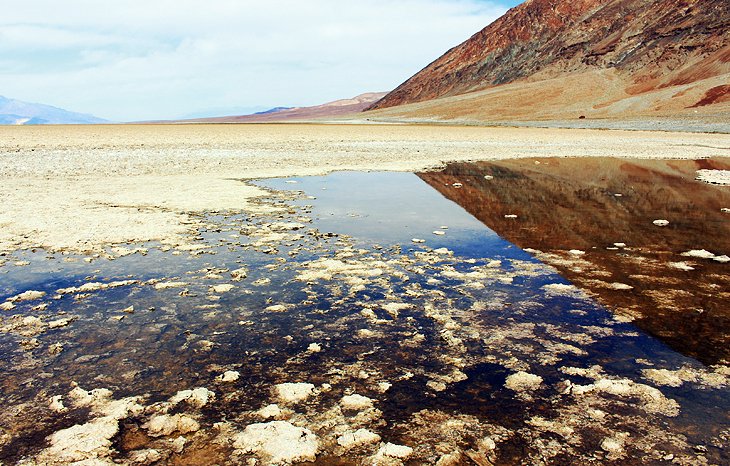
At the south end of Death Valley National Park, Badwater Basin is the lowest point of land in the western hemisphere, at 277 feet below sea level. Needless to say, this area is very hot, even in the winter.
Badwater Lake is a shallow lake surrounded by mountains and rimmed with salt, but you may not always see water here. Depending on the conditions or the time of year, Badwater may be quite full or have very little water. In either case, the area is interesting and there are a number of things to do.
When there is almost no visible water from the shore, you can walk out, seemingly endlessly, across the white salt flat. When there is water, and if the air is still, which it often is in the morning and early evening, the mountains across the valley reflect in the water, and the scene is stunning. This can be a wonderful area for photography. If there is enough water, it's even possible to paddle out on the lake.
The Racetrack
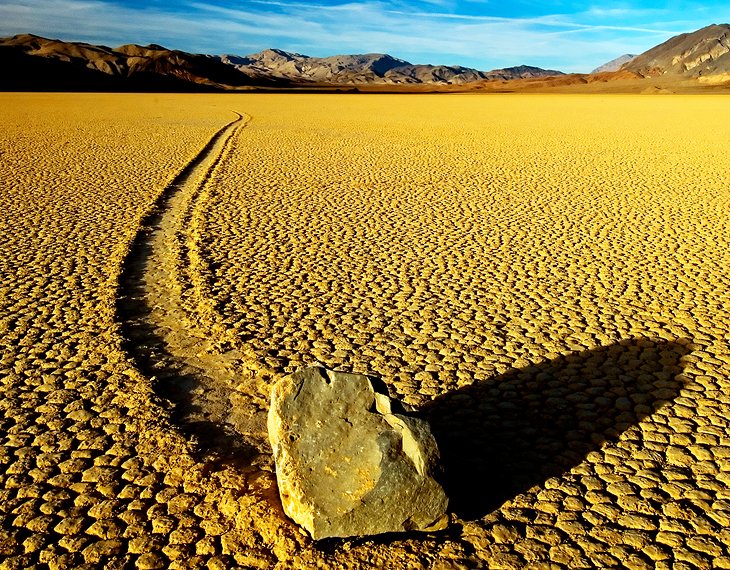
With a four-wheel-drive vehicle, you can take a rugged road that leads to one of Death Valley's most mysterious sights, known as The Racetrack. This area is a huge dried mud bed, where stones of various sizes can be seen with long tracks trailing behind them, as if they have been pushed through the mud.
Speculation existed for years about how the stones were moved. Many thought the stones were pushed along by the wind after rains. However, more recently, with the help of time-lapse photography, it is thought that the stones are actually moved by floating ice pushing the rocks. Regardless of the method, the result is a most interesting sight.
Zabriskie Point
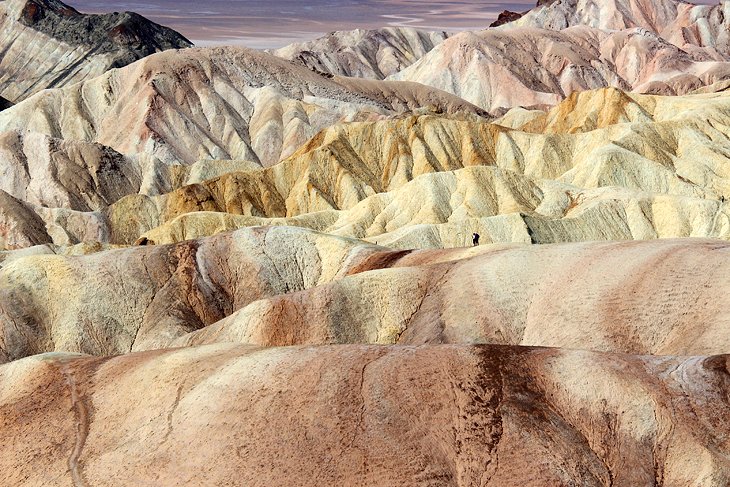
Zabriskie Point looks out over a surreal landscape of undulating, hard-packed ridges of gold, orange, and brown earth. Sweeping views from the lookout extend over this unique formation and beyond to the valley behind and the Panamint Mountains in the distance. The colors are particularly spectacular in the morning or late afternoon.
You can drive to the lookout at Zabriskie Point. A 7.8-mile hiking trail leads out from Zabriskie point, but if you want to get out on the ridges and immerse yourself in the scenery without undertaking a long hike, just wander out a short distance and return on the same track.
You can reach Zabriskie Point by heading east from Furnace Creek on highway 190 for four miles. If you are coming into the park from Las Vegas on the route described above, this is one of the stops on your way to Furnace Creek.
Dantes View
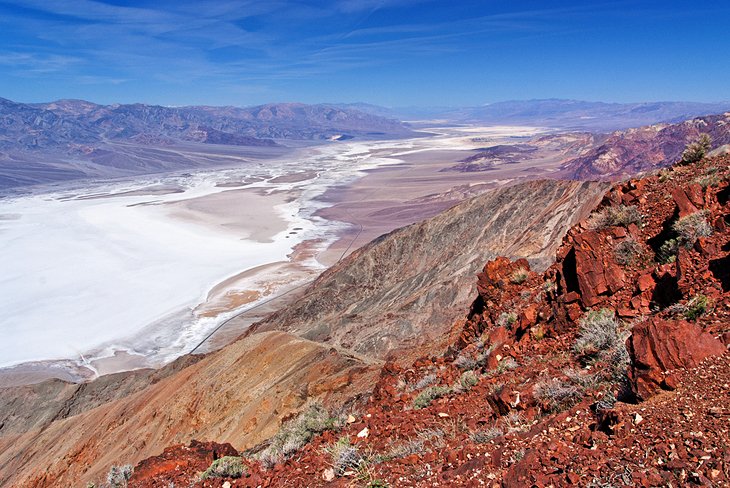
Dante's View offers one of the best overall perspectives of Death Valley. The view from the top looks out over the valley floor, as far as the eye can see, and across to the mountains that line the far side of the valley.
This lookout is a little out of the way but worth the effort. From Zabriskie Point head east on Highway 190 to the sign-posted turn for Dante's View. From the highway, it is a 16-mile drive along a twisty, paved road to the top, which stands at 5,478 feet above sea level. Vehicles on this road must be less than 25 feet in length.
The temperature up here is much cooler than on the valley floor, which can be a refreshing treat on hot days.
Artist's Drive and Artist's Palette
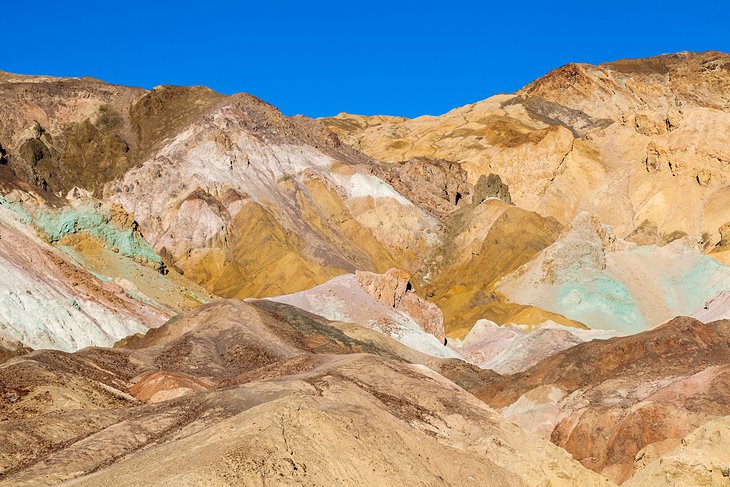
Artist's Palette is an area located along Artist's Drive, a short scenic road that takes you up close to a section of the Black Mountains. Artist's Palette is a colorful section of hillside, with shades that range from orange, pink, and brown to green and turquoise, created by metals in the rock.
Artist's Drive is a one-way, nine-mile paved loop, accessible to vehicles under 25 feet in length. This is a worthwhile side trip and a popular thing to do on the way from Furnace Creek to Badwater, located right off Badwater Road. If possible, try to do this drive in the late afternoon, when the colors are at their best.
Devil's Golf Course and Artist's Drive
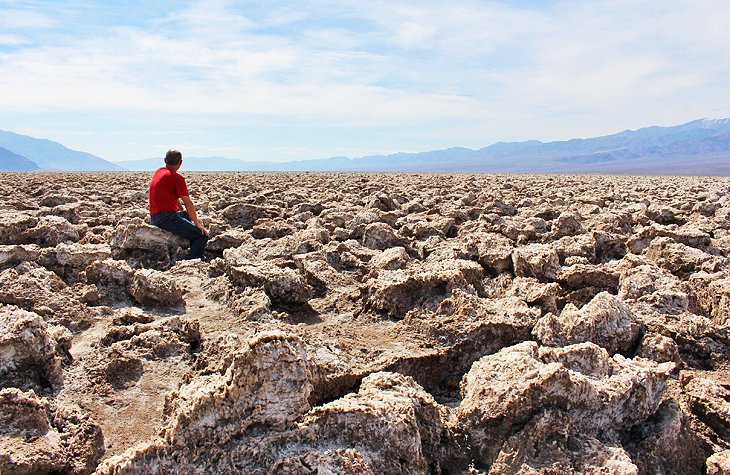
Devil's Golf Course is a flat expanse of sharp salt crystals that form a huge field of jagged salt boulders. It may seem like there isn't much to see here, but the vastness, solitude, and quietness, along with the unusual sight, create a unique experience.
Located south of Furnace Creek, just off the main road heading towards Badwater (Badwater Road) this is an easy stop. From the parking area, you can walk right out onto the field, if you choose.
Harmony Borax Works and the Sand Dunes near Stove Pipe Wells
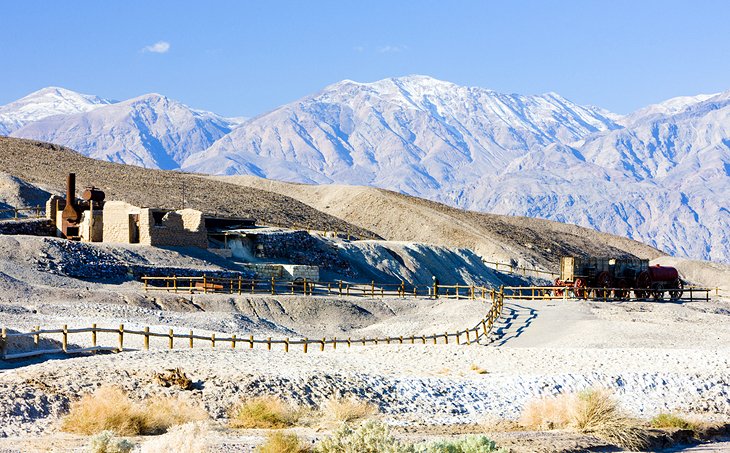
Aaron Winters found borax in Death Valley in 1881. He soon sold his claims to William T. Coleman, builder of the Harmony Borax Works, where borate-bearing muds were refined until 1888. The site of the former operation is located just north of Furnace Creek.
You can wander around the crumbling adobe walls and see the old broiler and some of the vats. Also located here are wagons once used for transporting goods out of the valley. Closed in 1888, this was the first successful borax works in the history of borax mining in Death Valley.
Twenty Mule Team Canyon
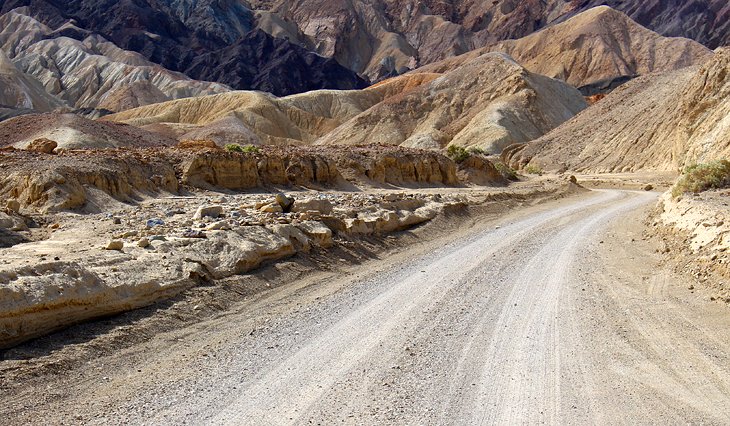
Twenty Mule Team Canyon is a 2.7-mile one-way dirt road that runs through some fantastic scenery. The road is bounded in some areas by rock walls on either side, barren flats, and colorful hills, similar to those found just down the road at Zabriskie Point. The terrain here is different from other parts of the park and reveals the ruggedness of the region.
During the borax days, twenty mule teams were used to haul the borax-filled wagons out of Death Valley, and this road offers some perspective on the type of landscape these vehicles were forced to contend with in the 1880s. However, there is no indication that this specific route was used in this fashion.
Keane Wonder Mine
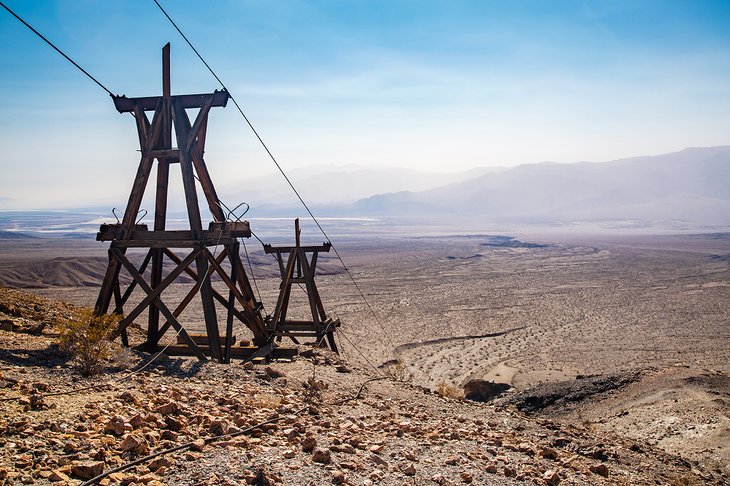
The remains of this historic gold mine can be difficult to get to but worth the effort if you are interested in this type of attraction. You can see the old aerial tramway, which is still intact, along with other structures. The mine is set on a hillside, and views extend across the valley.
Getting to the site involves a drive down a rough dirt road, which is usually passable in a regular vehicle, and a short but moderately strenuous hike from the parking area. The road is just under three miles, and the hike is a quarter of a mile to the lowest section of the tram.
Father Crowley Point
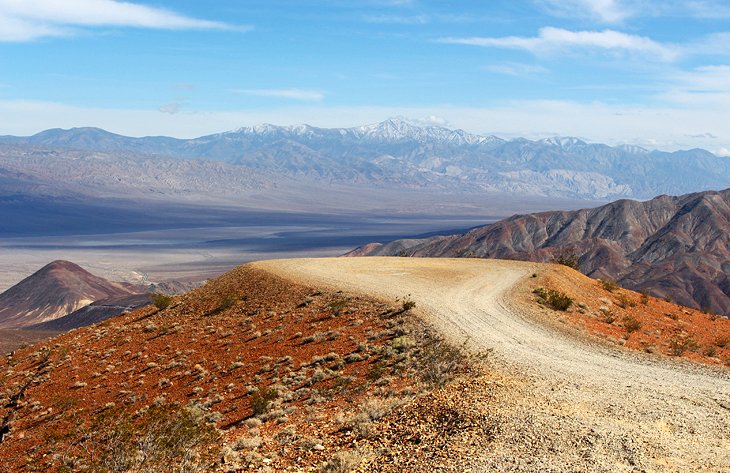
Father Crowley Point is a high lookout on the west side of the park that offers a different perspective than viewing areas on the busier east side of the park. If you are entering Death Valley from the west, Father Crowley Point should be your first stop before the long descent towards Panamint Springs.
There are two parking areas: one right at the overlook and another further back, closer to the highway. The first parking lot is easily accessed right off the main highway, and many people choose to walk the short distance out to the lookout point. The road to the lookout is not paved, quite bumpy, and may require high clearance.
Ubehebe Crater
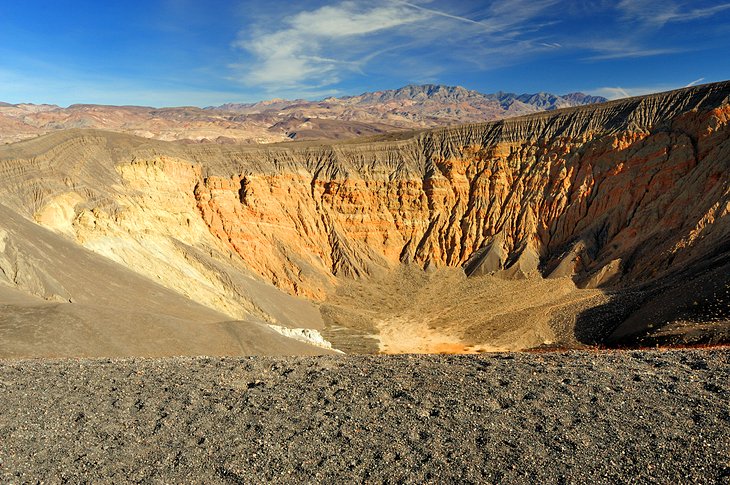
The Ubehebe Crater measures about a half-mile wide and 400 feet deep, and it is the only crater in the area that resulted from a volcanic explosion. It is located at the north end of Death Valley, in the general vicinity of Scotty's Castle, which is closed due to flooding.
The landscape here is different from other areas of the park. The ground is dark, with lava flows and cinders. If you are feeling up for a walk, trails lead down into the crater.
Rhyolite Ghost Town
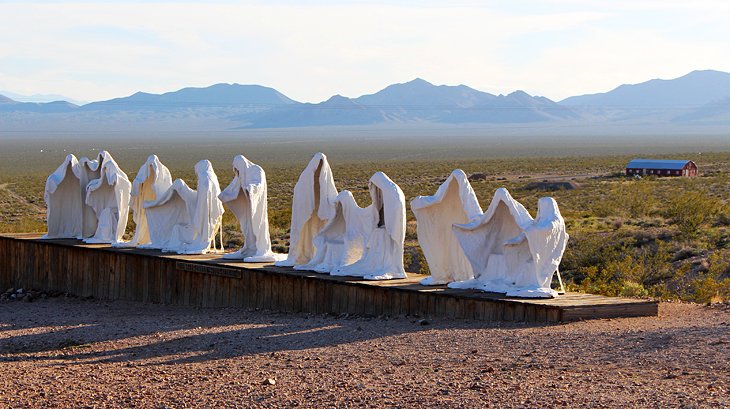
Rhyolite is an abandoned mining town, with remnants of its glory days visible in the crumbling and decaying old buildings. One of the highlights of this ghost town is a unique art installation of ghostly figures erected on the edge of the town. One large piece, standing before a vast expanse of desert, displays ghosts arranged in the form of The Last Supper.
Other pieces are also found here, in what is now called the Goldwell Open Air Museum, including a giant pink lady made of blocks, called "Lady Desert: The Venus of Nevada."
Rhyolite is a good stop on your way out of the park. It is located off Daylight Pass Road (highway 374) just outside the park boundary, on the way to Beatty.
Natural Bridge
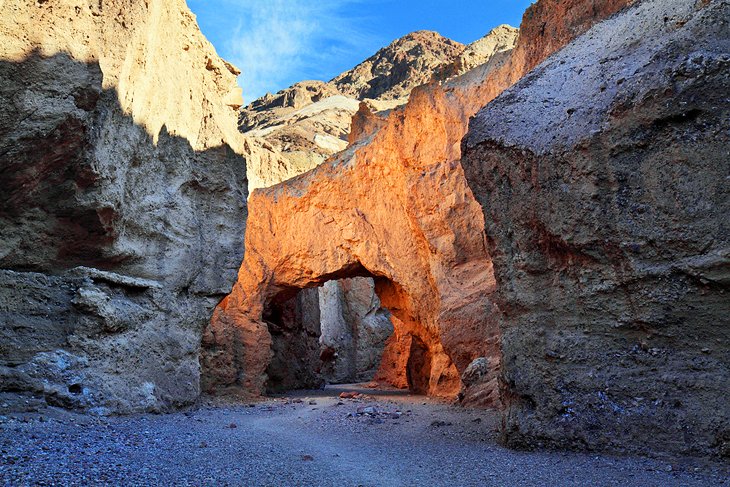
Natural Bridge is, as the name suggests, a large natural bridge set in a canyon, not far from Badwater.
An easy two-mile round-trip hike leads to the end of the canyon, but if you only want to see the bridge, it is located about half a mile from the parking area. In the midday heat, this can still feel like quite a journey, and it may be something you want to tackle earlier in the day. The parking area is located 1.5 miles along a dirt road off Badwater Road.
Spring Wildflowers
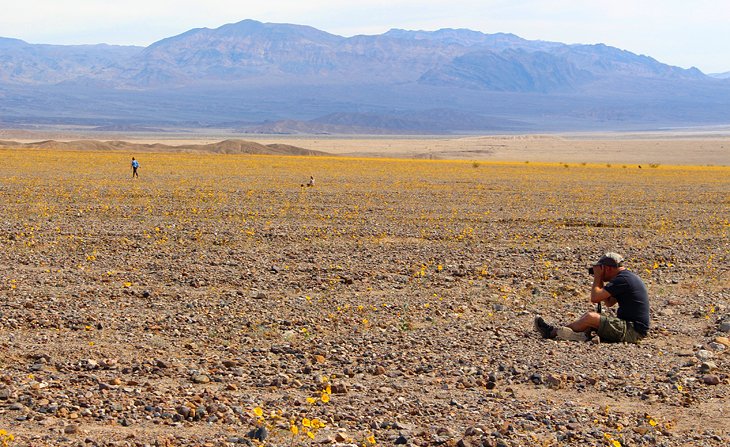
One of the park's biggest attractions is the spring wildflower bloom, which usually peaks in March. Depending on the year, the conditions, and the extent of the bloom, this event can draw thousands of people to the park. To anyone unfamiliar with deserts, it might seem amazing that anything can grow in these hot dry conditions.
On weekends during the bloom, it's not uncommon to see people pulled off to the side of the road all over the park, picnicking on the bare ground, meditating among the flowers, or walking through the fields. Despite the fact that people do this, you should not walk out in the fields and trample the flowers.
One of the best places to visit to see this beautiful display is in the south part of the park around Badwater and up towards Furnace Creek, where a carpet of yellow spreads across the valley floor. Areas further north also see a good display of flowers, usually with a mix of colors that range from white and yellow to orange and purple.
The park visitor center can point you in the right direction and offer information on what is blooming while you are in the park.
Devil's Cornfield
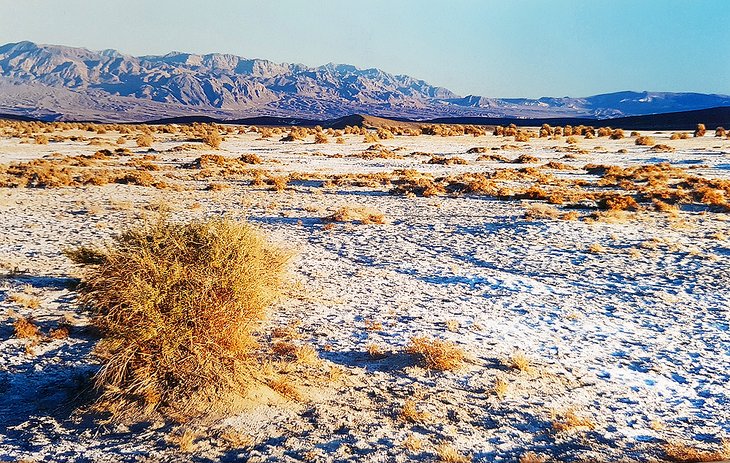
Compared to the rest of the sights in Death Valley, Devil's Cornfield is not necessarily worth going out of your way to see, but it's a sight you will pass if you are driving from the east to Stovepipe Wells and the sand dunes.
Clumps of vegetation that look like tumbleweeds dot the landscape as it stretches out to the distant hills and mountains. Depending on the time of year, the shrubs may be green or dried out to an amber color. Photographers can have some fun in this area, particularly in the late afternoon.
Darwin Falls
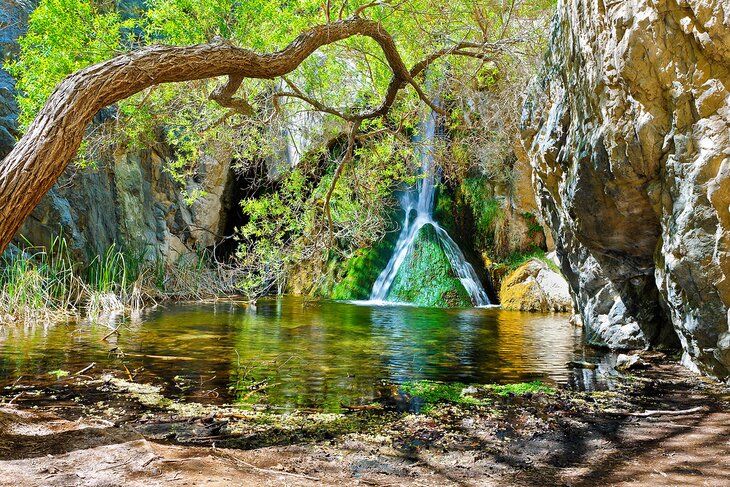
After your trip, when you tell your friends about your experiences in Death Valley and include the fact that you visited a waterfall, they may think you are trying to play a joke on them. However, break out the photos and show them that this amazing natural wonder actually exists.
The trail is 1.9 miles long and with an elevation gain of only 275 feet, most people consider it fairly easy and suitable for all abilities. You'll start out at a valley entrance and as the trail progresses, it gets increasingly narrow. You'll hear the falls before you see them. Although not overly high, the flowing water with a pool below is a very welcome sight in the desert.
Note the trail was damaged during the August 2022 floods. It is still passable but caution is advised.
Wild Rose Charcoal Kilns
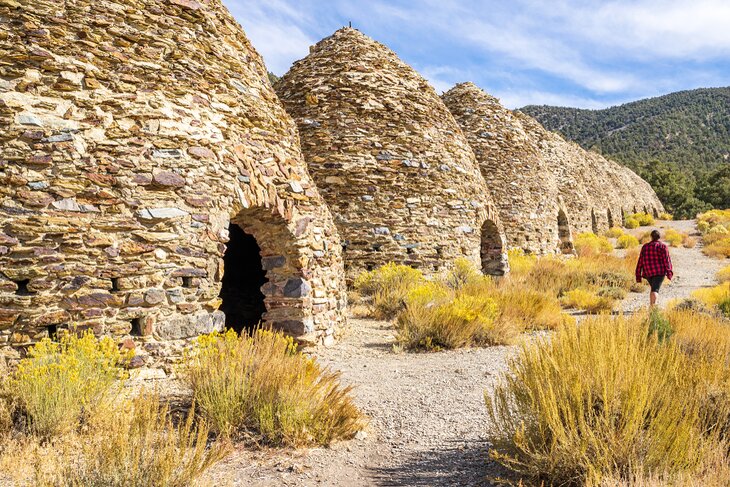
An off-the-beaten-track attraction that, if you have the right vehicle, is worth visiting is the Wild Rose Charcoal Kilns. These beehive-shaped stone structures are in remarkably good shape considering that they were used back to make charcoal when the park area was a mining hot spot at the turn of the 20th century.
The Wild Rose Charcoal Kilns have doors that are open, and you can wander freely in and out of the structures. It's more than likely that you'll have this remote spot to yourself — the road is notoriously bad and suitable for high-clearance 4WD vehicles, only.
Map of Attractions & Things to Do in Death Valley, CA
Driving Routes through Death Valley National Park
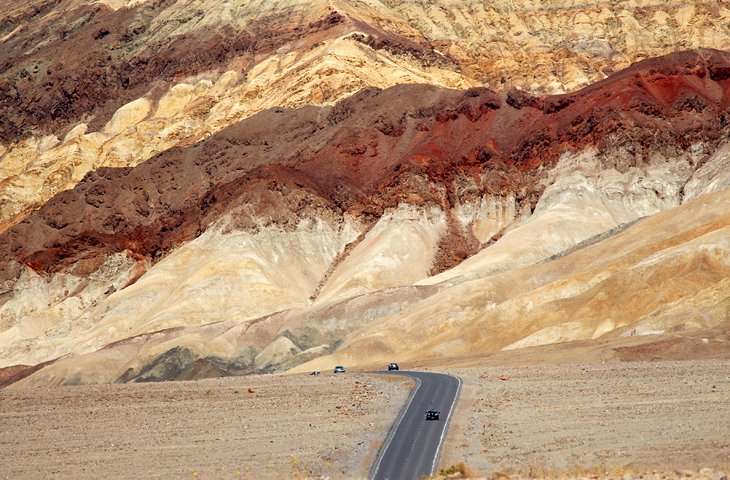
Most visitors come either from California, entering from the west off Highway 395 onto Highway 190, through Panamint Springs, or from Las Vegas, where there are a couple of routing options.
From Las Vegas: You can easily visit Death Valley on a day trip from Las Vegas. The best way to do this is to head out on Highway 160 (leaving from the south end of Las Vegas) to Death Valley Junction, where the road becomes Highway 190, entering the park. This road runs past the turnoff for Dante's View, Twenty Mule Canyon, and Zabriskie Point, and on to Furnace Creek with a park visitor center and some amenities.
From Furnace Creek you can head south to Badwater, passing the pullouts for Desolation Canyon, Artist's Drive (Artist's Palette), Devil's Golf Course, and Natural Bridge. When you have visited Badwater, backtrack via Furnace Creek and beyond to the Harmony Borax Interpretive Trail, Mustard Canyon, and the Sand Dunes near Stovepipe Wells.
If you started early in the day and still have plenty of time, you may want to continue on. It's a little over a half-hour to Panamint Springs and another 20 minutes to Father Crowley Point. After this, you can turn around and head back to Stovepipe Wells, and out of the park on the Daylight Pass Road (374) that leads to Beatty.
Before getting to Beatty, stop at the Rhyolite ghost town to see the ruins of this old mining town and some creative art installations. From Beatty take Highway 95 back to Las Vegas.
If you have time for a second day in Death Valley, you can spend the night in the park or in Beatty. With two days, you'll be able to add on a visit to the Race Track and a few more stops for hiking and sightseeing.


